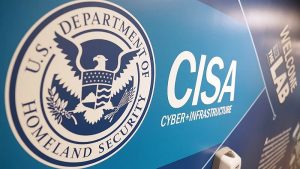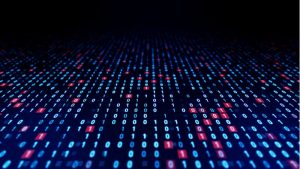Delaware State Auditor Kathleen McGuiness has launched a new online American Rescue Plan Act (ARP) Fund Tracker, called the Fox Tracker.
The City University of New York (CUNY) is using $8 million of Federal stimulus funding to develop CUNY Online, a new initiative to build online degree capacity at the university system and produce high-quality online courses and programs.
New Mexico Gov. Michelle Lujan Grisham has appointed Annie Winterfield Manriquez to a new role in state government – senior advisor for cybersecurity and critical infrastructure.
The Senate Commerce, Science, and Transportation Committee on March 22 voted to approve the Next Generation Telecommunications Act with strong bipartisan support.
New York Governor Kathy Hochul has announced new actions to increase transparency and access to public records.
New legislation introduced by Sens. Maggie Hassan, D-N.H., and John Cornyn, R-Texas would codify into Federal law the Continuous Diagnostics and Mitigation (CDM) program, and provide for a pilot program for state and local governments to deploy the cybersecurity technologies that the CDM program offers.
Top officials from the Cybersecurity and Infrastructure Security Agency (CISA) said they briefed more than 13,000 industry stakeholders on March 22 about the Federal government’s latest warning about possible Russian cyberattacks that may be directed against U.S. critical infrastructure sectors.
Cleveland Mayor Justin Bibb has appointed Froilan Roy C. Fernando as the City of Cleveland’s new Chief Innovation & Technology Officer (CITO).
Teachers who are given the opportunity to be involved in selecting their district’s education technology tools report higher satisfaction with their district’s eventual choices, according to new research from ed tech company Clever.
Loyola University Maryland’s Sellinger School of Business has opened a new data analytics visualization lab which is intended to help students interpret, manipulate, and present large amounts of data.













